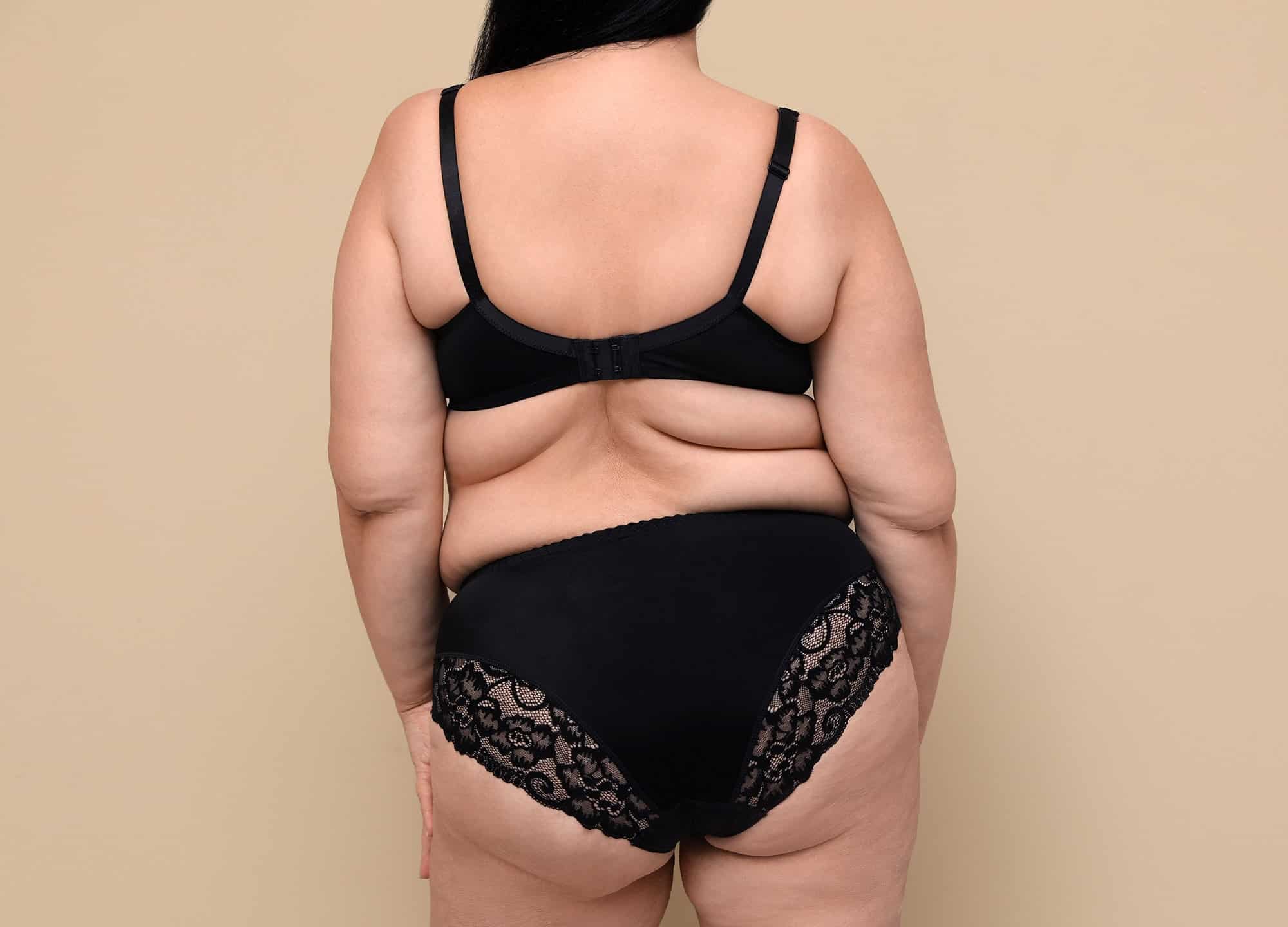When a cosmetic treatment comes to market, it’s often met with unbridled enthusiasm—lavish launch parties, social posts that rival baby announcements, promises of unparalleled efficacy. It’s a lot to live up to—and not every newcomer delivers. (Our Worth It Ratings don’t lie.) We’ve all seen flashy products fizzle and “game changers” relegated to the sidelines.
Which may be why Revelle Aesthetics is rolling out Avéli, its novel cellulite device, in a more restrained fashion, training only 40 physicians on the tech to start—and without a ton of fanfare. We caught wind of the procedure when some of our favorite derms and plastic surgeons posted about the company’s modest launch event, all revealing very little.
While details are still rather hush-hush, Dr. Ashley Gordon, a board-certified plastic surgeon in Austin—one of 40 doctors invited to trial Avéli—got the green light to give RealSelf a preview of this latest cellulite-smoothing device. Here’s everything we know, sans hyperbole.
What is Avéli?
It’s a minimally invasive, FDA-cleared, one-time treatment for cellulite on the buttocks and thighs. During the procedure, a doctor slides a handheld device beneath the skin to mechanically cut the septa, or connective-tissue bands, that pull down on the skin’s surface, contributing to dimples. “The distal end [of the tool] houses a light and a hook,” Dr. Gordon tells us. “The light provides transillumination for navigation under the skin, which allows us to identify the depth [of the device] and track the location of the hook in relation to the cellulite depression. A small spot of light indicates a shallow depth, and a larger, dimmer spot indicates a deeper position.” Shallow is the goal—upper dermis, to be exact—as “the septa are more superficial than you think.”
Once the doctor hooks the septa, they unlock a blade from the tip of the rod, which severs the band. “You can feel a tug on the hook when you catch a band, and you can also see the dimple being pulled down. You press a button to allow the blade to come out and divide the septa. The blade is then tucked back into the hook, and the hook is passed under the tissues, confirming that the septa has been completely severed,” she explains. The blade remains sharp enough to treat both the buttocks and thighs in a single session.
What makes Avéli different from other cellulite treatments?
In a word: precision. “We don’t want to overtreat,” notes Dr. Gordon. “Most septa are good, and we want to keep them intact—it’s just the problem septa that we want to release.”
While Avéli isn’t the first cellulite treatment to target dimple-forming septa, it is aiming to do so in a uniquely exacting way, allowing doctors to cut individual bands and receive tactile feedback verifying that the intended bands have, in fact, been broken. This greater accuracy should beget better results and fewer side effects—in a single session, Dr. Gordon explains.
Like other cellulite solutions, Avéli acts only on discrete dimples—not textural issues related to skin laxity—so it’s important for doctors to do a thorough exam and determine who is a good candidate for the procedure. Dr. Gordon expects to use Avéli as a stand-alone treatment for dimples. If patients have laxity as well, she plans to incorporate Emtone, Renuvion, or hyperdilute Radiesse or Sculptra to separately address that distinct textural aspect of the skin.
Since Avéli is a heat-free treatment, it’s said to be safe for all skin types—and Dr. Gordon doesn’t anticipate any issues with postinflammatory hyperpigmentation (PIH) in darker skin tones.
Does Avéli hurt? What’s the downtime like?
The treatment is performed under local anesthesia, so you shouldn’t feel any discomfort during the hour-long procedure. You will likely be sore, swollen, and bruised afterward.
“Because of the injection of the local anesthetic and the manipulation of the tissues, Avéli can cause bruising, but it’s not as severe and does not last as long” as the bruising commonly seen with other cellulite treatments. (Again, she credits the instrument’s precision—and the fact that it doesn’t rupture surrounding blood vessels—for the less intense bruising post-procedure.)
In the (not-yet-published) Avéli clinical study, the most common side effects were mild pain within the first 24 hours along with bruising and tenderness that generally subsided within 30 days. Additionally, small areas of firmness can develop, but they’re “usually not visible or painful and typically resolve in a couple of months,” says the company.
Insertion points—where the tool pierces skin—may leak a clear or pink fluid for 24 to 48 hours post-treatment. Most trial patients returned to normal activities within this same time frame.
When do patients see results with Avéli?
Results come into view once swelling and bruising fade, so figure about a month or so after treatment. The Avéli clinical study evaluated subjects at three months after their single session and saw sustained improvement. These subjects are now being followed out to 12 months, to assess the extent of the durability of their outcomes.
When will Avéli be available, and how much will it cost?
Avéli is currently available in select aesthetic dermatology and plastic surgery practices across the country and should become more broadly available later this year. While the price will depend on the number of dimples treated and the location of the physician, Dr. Gordon estimates that the procedure will cost somewhere in the ballpark of $3,500 to $4,500.











